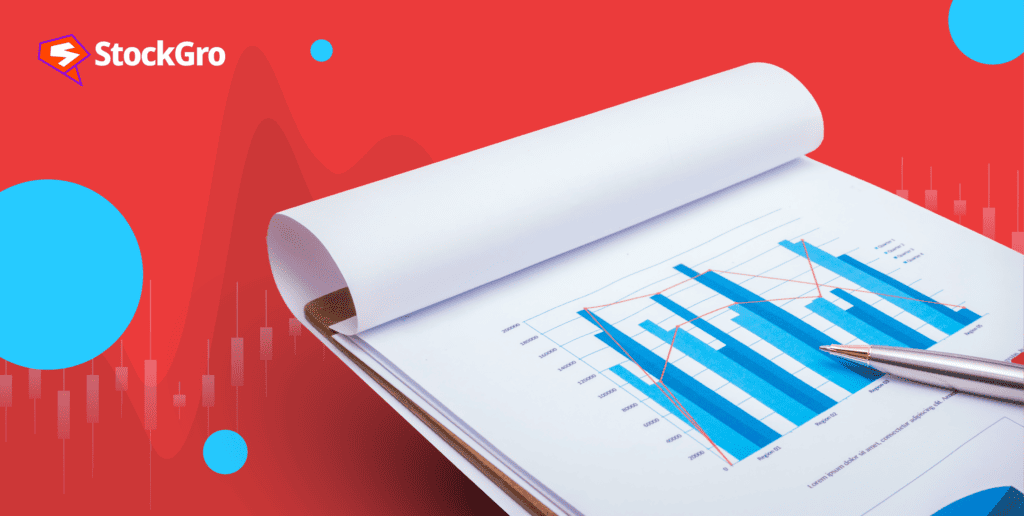
Running a business as an owner or investing in a business as an investor requires a thorough understanding of the company, the industry, and the entire economy. Analysts use various tools, both technical and fundamental, to examine these aspects. One such concept dealing with investigating the company’s environment is industry analysis.
Let’s discuss the industry analysis framework, its importance, and the tools and strategies involved.
What is industry analysis?
Industry analysis, as the term suggests, is the study of a specific industry. It examines various aspects of the industry, including economic factors such as the industry’s contribution to the country’s GDP, employment, imports and exports, trade barriers, regulations of the industry and more. It also analyses the companies working in the sector and the performance of such stocks.
For example, the industry analysis of the FMCG sector talks about how the FMCG sector in the country is performing, the strengths and threats, who are the top companies and competitors, etc.
Industry and competitive analysis is an important management tool for companies to assess their working environment and the performance of their peers.
Also read: Understanding risk parity in portfolio management
Importance of industry analysis
Industry analysis is equally important to companies as well as external investors.
From the company’s perspective
Industrial analysis as a strategic management tool helps companies analyse the environment they are working in. It is an essential step for companies as it gives them insights into various aspects that affect their operations and revenues.
- Helps analyse the performance of peers and form strategies accordingly.
- Industry analysis gives an understanding of target customers and their demography. Studying the target population’s buying power and requirements is crucial in providing relevant products and services.
- Analysing the industry also helps companies assess the government’s rules and regulations around import and export policies, subsidies, incentives, etc.
- It helps companies learn about the latest technology available in the market, thereby facilitating the business to adapt to changing trends.
From the investor’s perspective
While industry analysis helps businesses in their operations, it helps investors make the right investment decisions. Industry analysis gives investors end-to-end details about the industry’s performance and the top companies. It also suggests how a specific industry’s stocks react to different economic conditions. Knowing these details helps investors analyse the risks and returns of the industry’s stocks.
For example, an investor looking to invest in Sun Pharmaceuticals must analyse the pharma industry to know how the stock’s peers are performing and how pharma stocks react to various economic events. Pharma stocks are defensive stocks as medicines are required at all times, irrespective of economic conditions. So, holding pharma stocks can work well for an investor. Such interpretations can be made from industry analysis.
How to conduct industry analysis?
The basic steps involved in conducting an industry analysis are:
- Conduct background research
- Collect relevant data
- Perform various tests on the data, such as trend analysis and comparative studies
- Interpret the results based on the tests
Also read: Risk management in stock market
Industry analysis tools
Analysts use different tools based on the purpose of the analysis and the factors involved. Some commonly used tools are:
PORTER’s model
Named after Michael E. Porter of Harvard Business School, the model recommends using five factors for companies to analyse their strategies to perform well in the industry.
- Competitor analysis – Analysing competitors and their performance is essential for companies to determine their pricing strategies. According to Porter’s model, a company that has less number of competitors has an advantage when pricing products, as consumers have fewer options to choose from. Similarly, companies with more competitors do not get a pricing advantage.
- Ease of new entrants – If the government has easy and lenient rules for new players to enter the industry, the possibility of competition increases, weakening the company’s position. Strict government regulations reduce the chances of new entrants, giving more opportunities for the company.
- Number of suppliers – If the company’s products have a high number of suppliers, it becomes easier for the company to negotiate and choose from the best option available. A smaller number of suppliers gives fewer options for companies to choose from, and suppliers will have a dominant position while determining the prices of raw materials.
- Number of customers – A company having a large number of customers has the advantage of deciding the price of its products. If the company has fewer customers and cannot acquire new customers, it may have to adjust prices per the customer’s demand.
- Availability of substitutes – A product with a large number of substitutes gives varied options to consumers. This takes away the pricing freedom from companies. Conversely, products with fewer substitutes allow companies to determine prices freely.
SWOT analysis
SWOT stands for Strength, Weakness, Opportunity and Threat. The concept of SWOT is not just applicable to industry analysis but to any decision that one needs to take.
- Strengths – Suggests the factors that provide advantages to the company over its peers
- Weaknesses – Limiting factors of the company
- Opportunities – Prospects for the company to grow and expand business
- Threats – Factors that can adversely impact the firm’s business
For example, a company planning to establish operations in the oil and gas sector would conduct a study on the entire industry and perform a SWOT analysis of Reliance Industries, ONGC, Oil India and other competitors.
PESTLE analysis
PESTLE stands for political, economic, social, technological, legal and environmental. This tool considers the various factors falling under the six aspects that impact a firm’s business.
- Political factors deal with the country’s politics, government policies, political relationships with other countries, etc.
- Economic factors cover the industry’s contribution to the economy in terms of GDP, employment, import and export regulations, etc.
- Social factors relate to the demography, the target population’s behaviour, culture, etc.
- Technological factors cover research and development and other aspects of the internet.
- Legal factors talk about the industry’s laws, rules and regulations.
- Environmental factors discuss the impact of the weather and climate on the business.
Also read: SIPs: The game changer for mutual fund investors in 2023 with a 22% spike
Industry analysis example
Take the example of analysing the pharma industry using the SWOT analysis technique.
Strength – The pharma industry consists of medicines required for one’s health. The demand for the sector’s products will remain stable despite economic conditions since medicines are essential commodities.
Weakness – Producing medicines at low costs is not possible. This increases the cost of final products, making them difficult to afford.
Opportunities – Technology upgrades have led to advanced machinery and tools in the field of medicine, enabling efficient treatment of patients.
Threat – Increased competition in generic drug manufacturing, underqualified professionals, and strict regulations are examples of threats to the pharma industry.
Bottomline
Of the various techniques available for investors, investor analysis is a fundamental tool that must be used while making investment decisions. Performing industry analysis helps investors be well-prepared for stock movements.
Apart from investors, companies also use the concept of industry analysis to plan strategies, determine their product range, pricing plans, growth prospects and more.

